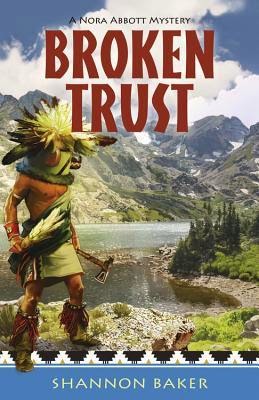So You Want to Write a Book Part 6: First Draft Complete – Now what?

“It’s never too late in fiction or in life to revise.”
-Nancy Thayer
Welcome back to another chapter of So You Want to Write a Book!
If you’ve finished that first draft, you’ve got words on the page and you’re ready for the next step.
If you’re still working on your first draft, that’s okay. Save this for later. Once you’re ready for the next stage you’ll move to – Revision.
What is revision?
- Revision is not editing. Editing is a very important part of the writing process, but that’s a different step.
- Revision literally means to “re-vision” or see again. To look at something with a new perspective.
- When you revise you look at what you’ve writing from a reader’s perspective.
- Revising means taking a step back and looking at your writing at a high level and making sure you told the story you set out to tell.
- Revising can include cutting scenes, adding scenes, moving scenes or even chapters to make sure the story is unfolding in the best possible way.
- Revision is fun. (No, really it is.) And revision can often be the most creative part of the writing process.
How do I get started?
There is no one way to revise a first draft, but here are our tips:
- Set aside your first draft for a week. Longer if you can. Your brain needs a break from the story world in order to view it from the reader’s perspective.
- Read the draft completely through taking notes as you go. Here are some things to watch for:
- Tone
- Timeline
- Point of View
- Issues with Characterization and Character Motivation
- Pacing and Action Gaps
- Genre Expectations
- Also watch for excess scenes. These are scenes where nothing is happening that moves the story forward.
- Next, review your notes and begin the rewriting process. We’d recommend saving a new copy of your first draft and working solely on that new copy.
Here are some other great articles with information on revision.
How to Revise a Novel: 6 Steps to a Smooth Revision
8 Awesome Steps to Revising Your Novel
Side Note: If you’re writing a series, make a list of anything you might need to keep track of such as minor character names, places mentioned, and other details that will need to remain consistent.
How long does the revision process take?
A rough draft can take weeks or months depending on what you find as you read through. And the good news is that you’ll get better and better at revision the more you do it. The average for most fiction writers seems to be 30-60 days but, of course, it depends on the size of the manuscript.
We’ll leave you with this thought.
“Rewriting is the essence of writing well – where the game is won or lost.”
- William Zinsser
Next month, we’ll discuss “Editing Your Manuscript.” Until then, happy writing!

Sparkle Abbey is actually two people, Mary Lee Ashford and Anita Carter, who write the national best-selling Pampered Pets cozy mystery series. They are friends as well as neighbors so they often get together and plot ways to commit murder. (But don’t tell the other neighbors.)
They love to hear from readers and can be found on Facebook, Twitter, and Pinterest, their favorite social media sites. Also, if you want to make sure you get updates, sign up for their newsletter via the SparkleAbbey.com website








Great points – especially the difference between revision and editing. I’m working on a wip that I thought was “finished,” but when I started revision, I realized page 200 needed to be at 100 and that there were connecting scenes still to be written. I think the wip is far stronger than before revision — and now, I’ve gone back and done editing.
Thanks, Debra. You nailed it exactly. The book is so much better when we re-vision and find those places where there’s still work to be done!
This is an excellent explanation of revision. I especially like the focus on re-visioning the story by looking at it through the reader’s eyes.
That’s so hard to do in a first draft. (Not my favorite part.) 🙂 When we’re just trying to get the story down. But that step back and looking at the story through the reader’s eyes, help (at least from me) to make sure that I’m putting everything on the page that needs to be there!
Editing is a breeze compared to revision. The former is a fairly mechanical precess, while the latter requires deeper thinking. Good post!
Thanks, Gay. Revision is definitely a lot harder and requires some deeper thinking! But I always think it’s where the story really comes to life! 🙂
Revision is important and often we don’t give it enough attention until that point in time, as Debra stated, when we think we’re going to edit, and we realize we skipped over revision. Thanks for a great blog!
Thanks, Kathryn. Exactly right. You start to edit and realize there’s still story development work to be done. 🙂